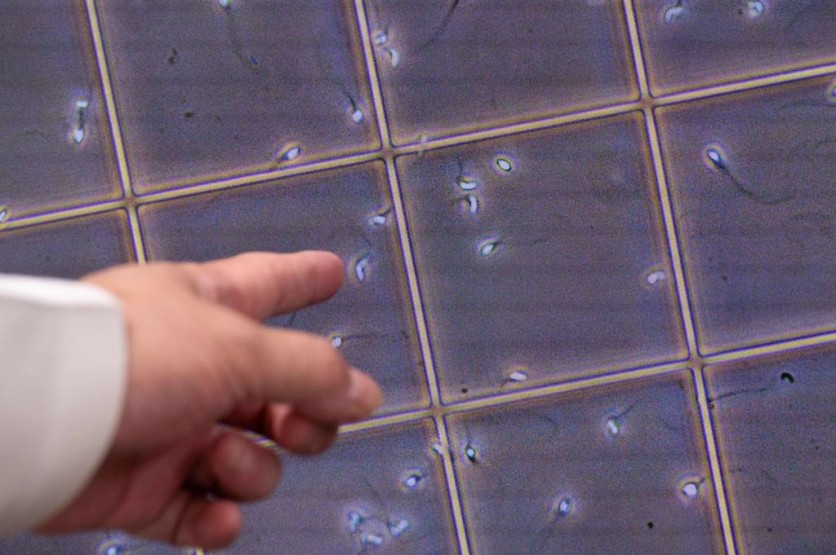A new microfluidic sperm selection device has been developed by researchers from the University of Technology Sydney and NeoGenix Biosciences to improve the success rate of in-vitro fertilization (IVF) for couples struggling with male fertility issues.
This could be a breakthrough for many couples who suffer the emotional and financial turmoil that comes with a 78% IVF failure rate.

Addressing Male Infertility
According to the World Health Organization, around 1 in 6 people worldwide suffer from infertility. In Australia, one in every 22 children is born through assisted reproduction.
Male fertility problems are a factor in approximately 30% of cases and can be caused by low sperm count, poor motility or movement, or reduced sperm quality.
Sperm selection has received little attention up until now, despite substantial studies into egg and embryo selection to increase IVF success rates.
Traditional sperm selection techniques like swim-up and density gradient centrifugation can result in DNA fragmentation, cell death, and failed IVF cycles, according to experts.
Sperm selection has received little attention up until now, despite substantial studies into egg and embryo selection to increase IVF success rates.
Traditional sperm selection techniques like swim-up and density gradient centrifugation can result in DNA fragmentation, cell death, and failed IVF cycles, according to experts.
"While much work has been done around selecting eggs and embryos to boost the success rates of IVF, sperm selection, an essential component in assisted reproduction, is by far the most neglected step in regard to technological innovation," Professor Majid Warkiani from the School of Biomedical Engineering at the University of Technology Sydney (UTS) said in a press release statement.
Read Also : Magnetic Seed for Breast Cancer Operations Now Utilized in Providence Breast Center, First in B.C.
3D Printing the Female Reproductive Tract
The new microfluidic sperm selection device uses 3D-printed technology to replicate the female reproductive tract and natural sperm selection process. This technology mimics the conditions where only a small percentage of total sperm reaches the egg.
In extensive testing against conventional IVF selection methods, the new method showed an 85% improvement in DNA integrity and an average 90% reduction in sperm cell death. Moreover, the selected sperm demonstrated better recovery after freezing than traditional methods, according to the research team.
To implement the device in clinical settings, the researchers have teamed with Monash University and Australian IVF clinics.
The selection of sperm is a crucial step in assisted reproduction, according to Professor Warkiani, and the new device may provide infertile couples with a better chance of success.
The device may provide a more reliable process for selecting high-quality sperm and is an innovative solution to an overlooked area of IVF. This breakthrough technology could help reduce the number of unsuccessful IVF cycles and provide hope for couples experiencing difficulties in having a child.
With an 85% improvement in DNA integrity, this technology could bring new opportunities for those who have exhausted all other options.
The research team's findings were published in Nature: Microsystems & Nanoengineering.
Related Article : Revolutionary GlucoScreen: Smartphone-Based System for Early Detection of Prediabetes

ⓒ 2025 TECHTIMES.com All rights reserved. Do not reproduce without permission.




